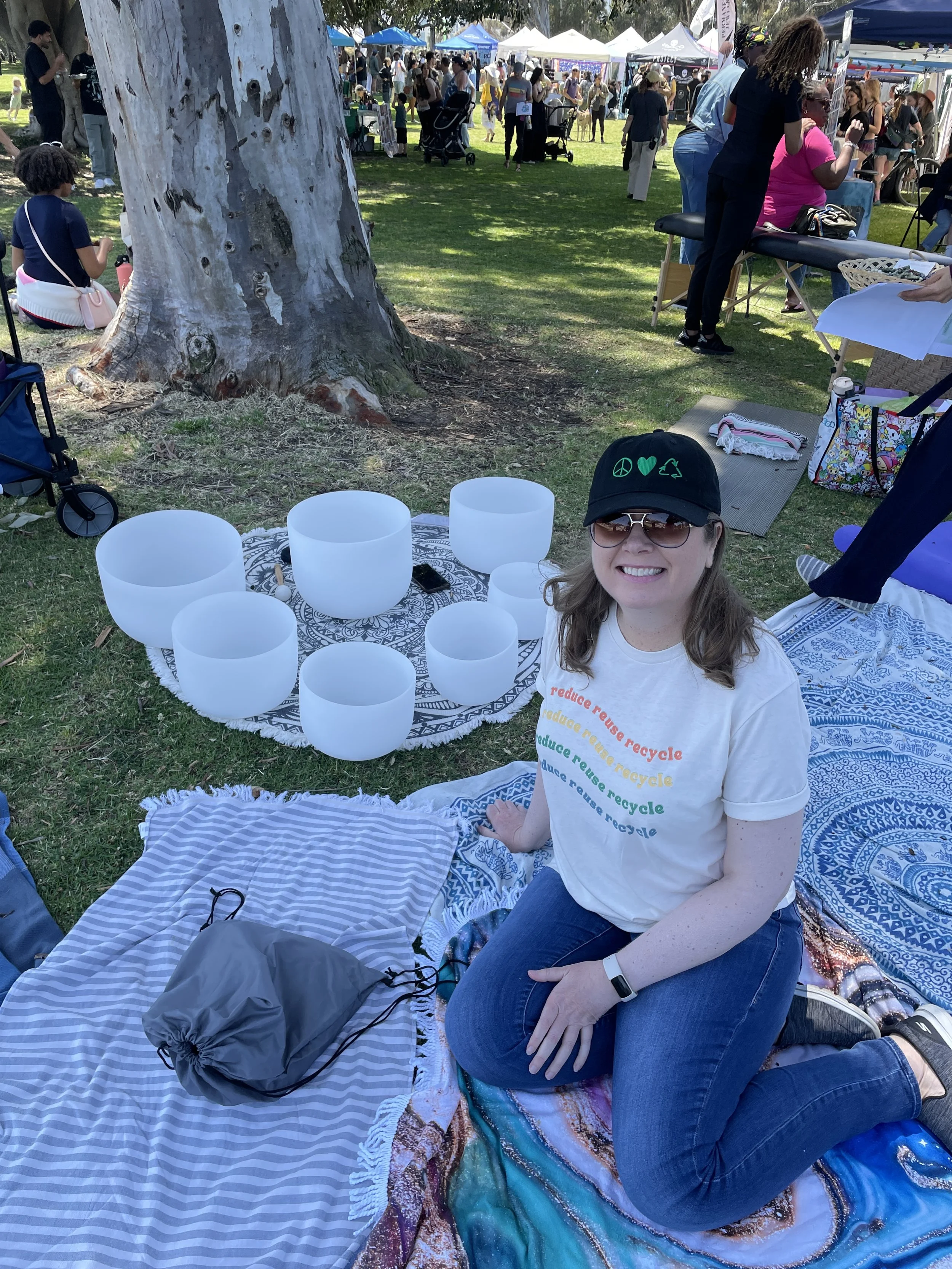The More Sustainable Way To Go: Cremation vs Burial
Introduction
By request, we are addressing a more morbid topic today. Somehow, the topic came up at dinner: Which is more sustainable: cremation or burial? Let’s review one at a time.
Cremation
Cremation is a method of final disposition of a dead body through burning (Wikipedia). After the burning, ash remains, and any unburnt fragments, such as bone, are then ground. The body is put into a furnace at 1600-1800 degrees Fahrenheit, usually taking about 90 minutes. Fuels used include oil, natural gas, or propane. The amount used varies by facility.
Environmental Considerations:
Energy Consumption: Uses gas and electricity.
Air Emissions: Burning produces around 250 pounds of carbon dioxide (source). Mercury from teeth fillings is also released into the air (some facilities may use air filtration systems to reduce this).
Resource Use: The production of cremation caskets, urns, and other items. Additionally, cemetery maintenance may be needed for memorialization areas.
Other metal fragments (implants, prosthetics) may need to be disposed of separately.
Burial
Burial, also known as interment or inhumation, is a method of final disposition whereby a dead body is placed into the ground, sometimes with objects (Wikipedia). The burial methods use steel, concrete, trees, and embalming fluid (some that leak into the earth, polluting water and soil).
Environmental Considerations:
Land use: Space for a cemetery plot is needed.
Casket materials: Traditional caskets are often made from wood, metal, or other non-biodegradable materials. Some coffins are sealed tightly, inhibiting the natural decomposition of the body.
Embalming fluids: These are the chemicals used to preserve the body. They contain formaldehyde and other chemicals that can leak into the earth and pollute.
Resource Use: Cemeteries need to be maintained, including water for landscaping and the possible use of pesticides. Headstones and monuments also use materials such as granite or marble, and there are transportation effects from getting these materials in place.
Cremation vs Burial
Since the methods, facilities, and locations used in each practice can vary, it is difficult to say one is always better. However, most sources agree cremation is the more environmentally friendly between the two. One source says about four cremations have the same carbon footprint as just one casket burial.
Alternatives
Since neither cremation nor burials sound very sustainable based on the above information, we are lucky to know there is a growing list of alternatives.
Natural/Green Burial: A burial in a way that allows the body to decompose naturally. It uses biodegradable caskets and avoids embaling.
Memorial Forests: Natural burial grounds where trees are planted instead of traditional headstones.
Aquamation: A process for the disposal of remains using lye and heat. Similar to cremation, the result is ash. It uses one-quarter the energy of cremation and produces less carbon dioxide and pollutants.
Mushroom Burial Suit: The suit is made from mycelium and begins to break down the organic material of the suit and the body. It then provides nutrients for the growth of mushrooms. This allows the body to return to the natural ecosystem and contribute to the life cycle.
Sea Burial: This is the burial of the body at sea using biodegradable containers. It allows natural decompositions and sometimes the preservation of marine life if the container is designed to provide nutrients for the sea.
Conclusion
Between cremation and burial, cremation is the more sustainable choice. But it is great to see there are multiple alternatives to the traditional cremation and burial, which may be even better for the planet's sustainability. It is, of course, essential to consider local regulations to see which options are available in your area.






